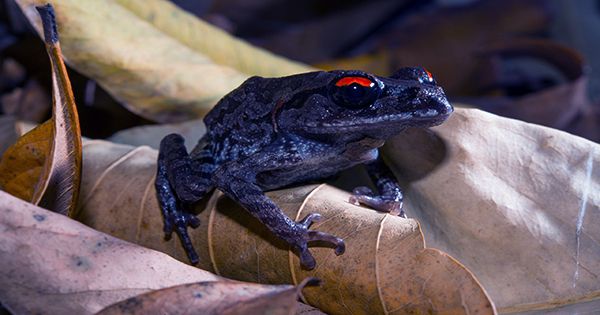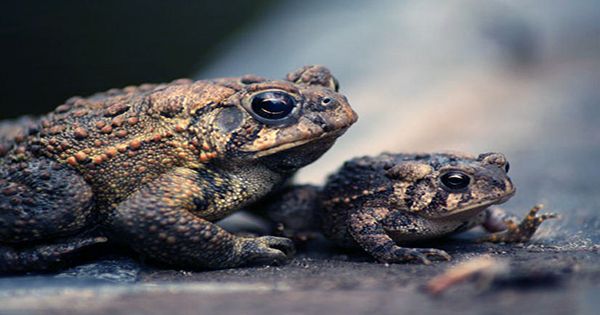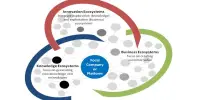Please do not eat toad’s milk. Seems like a simple enough request, yet conservationists now have to go to great lengths to persuade them to stop tickling the glands of the Golden Desert bran or Bufo alvarius, as it has become more formally known.
With some excitement, the glands spread white goo called an incredibly strong psychedelic compound called five-Meo-DMT, although researchers are concerned that excess milk may threaten the species’ survival.
Robert Villa, a researcher at the University of Arizona Desert Laboratory, is at the forefront of the snowfall campaign. He recently appeared on an episode of the psychiatric-based show Hamilton’s Pharmacopoeia, produced by Vice, to spread the message about the need for amphibians to take a break. The purpose of the episode was to prove that it is possible to synthesize 5-meo-DMT in relative ease, meaning there is no need to harass a desert critic to get higher. To achieve this, host Hamilton Morris teamed up with chemists in a Mexican laboratory and was able to create the drug from a compound called mexamine, which found in low levels in the human body and closely related to neurotransmitters such as serotonin and melatonin.

After digging deeper into the history of this Trippy Slim, Maurice Ken Nelson found a man, believed to be the first person to smoke Todd’s secret sauce. In 1983, Nelson published a pamphlet explaining how to extract and consume the substance, which spread the craze for psychedelic snowflakes.
It can be dried and smoked for incredibly intense travel as the substance becomes toxic when taken orally, usually within 10 to 30 minutes. Some claim to have used ancient Mesoamerican culture before this curl, but scientists have yet to find any direct evidence for it and generally agree that no man before Nelson has ever smoked before. In recent decades, the natural habitat of snowflakes in the Golden Desert in northern Mexico and South America has severely disrupted by human development, and these species thought to have completely disappeared from California. Clearly, the last thing that needs to done is to harass, displace and abuse people who are looking for stress.
To raise funds for their conservation campaign, Villa and Maurice Nelson republished the 1983 magazine, but added instructions on how to make synthetic versions of the compound. Some of the money raised goes to Michael J. Donations are being made to the Fox Foundation for Parkinson’s Research, in honor of Nelson, who suffered from this condition before he died last year.
Coincidentally, a recent study in the journal ACS Omega outlined a new method for 5-meo-DMT synthesis that is 99.86 percent accurate. According to the authors, psychedelic research currently hampered by a lack of access to pure research chemicals, yet they believe their method can now used to produce drugs for clinical trials.
Previously, most human studies involving 5-mayo-DMT relied on secretions obtained from toads, although a recent study from Johns Hopkins University found that a synthetic version of the compound was effective in reducing depression.
















